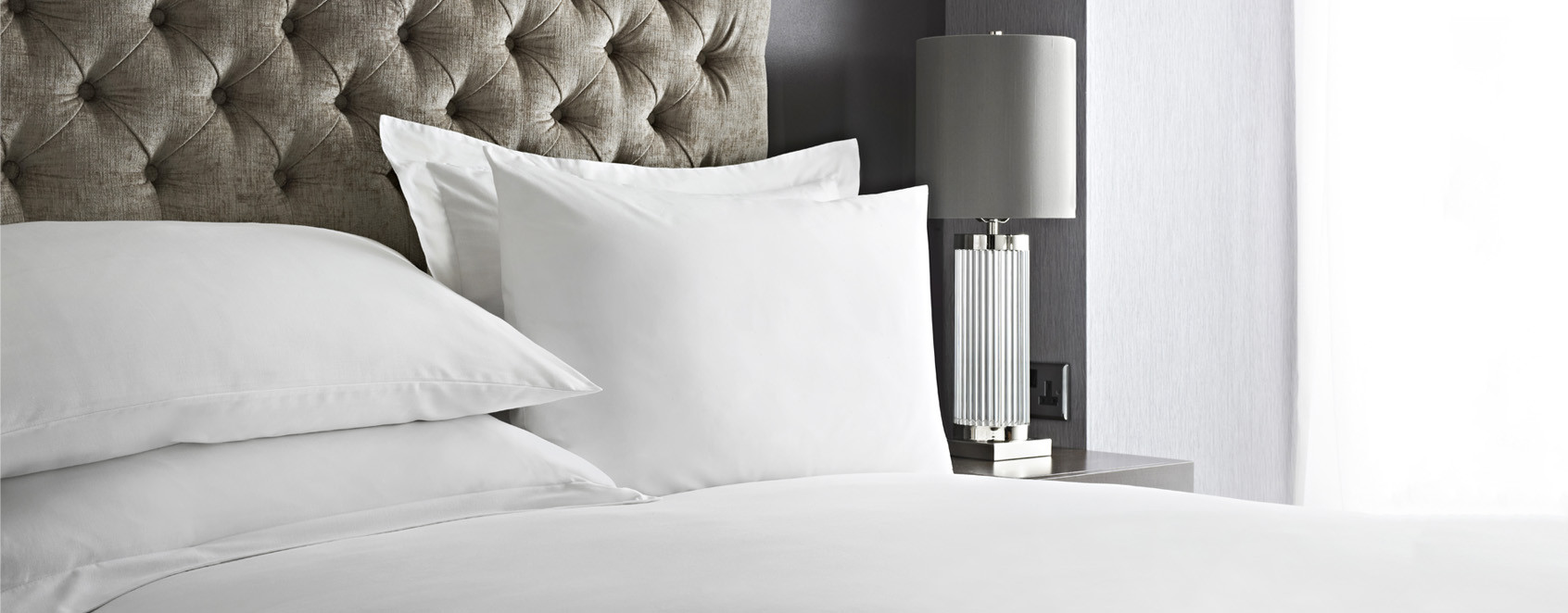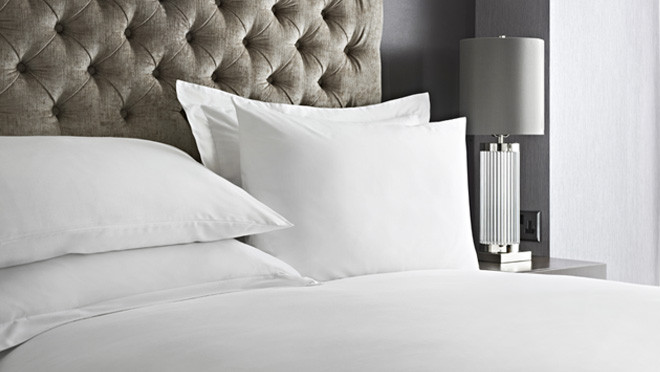We use cookies to make your experience better. To comply with the new e-Privacy directive, we need to ask for your consent to set the cookies. Learn more.
What is Cotton?
Cotton is used in thousands of day to day products including bedding, tablecloths, aprons and towels. But where does it come from? Our guide explains how cotton starts as a plant and ends up in our bathrooms and bedrooms and all the processes in between. What is Cotton?
Cotton is a natural product harvested from the cotton plant. It is one of the oldest fibres under human cultivation and is also one of the most natural fibres in existence to day.
Ginning
From the field the cotton is moved to nearby gins for separation of lint and seed. The cotton first goes through dryers to reduce moisture content and then through cleaning equipment to remove foreign matter. These operations facilitate processing and improve quality. The cotton goes through revolving circular saws to pull the lint through closely spaced ribs that prevent the seed from passing through. The lint is removed and then compressed into bales. Cotton is then moved to a warehouse for storage until it is shipped to a textile mill for use.
Carding
Carding removes dirt and matter and then separates the fibres and roughly lines them up so they all lie in the same direction. Carding is an important step in the processing of cotton, without carding the cotton thread would be coarse and extremely fragile. High speed electronic equipment with wire toothed rollers performs this task. This process eliminates any fibres too short to be spun into yarn. The fibres are condensed into a continuous untwisted rope like strand called a sliver. These slivers then continue to a combing machine (dependent on the quality of the product woven)
Combed Cotton
This is an additional step beyond carding where fine brushes are used to pull out any remaining impurities. Approximately 15% of the volume is removed leaving behind only long straight fibres. The texture of combed cotton is softer because it lacks short fibres to stick out. Combed cotton is also stronger because weaker fibres have been removed. As the combing process removes volume and adds a step in the process the resulting textile will be slightly more costly. The sliver is drawn out to a thinner strand and given a slight twist to improve strength then wound on bobbin.
Spinning
This is the last process in yarn manufacturing. Yarn is made directly from the sliver. The spinning machines take the fibres from the sliver and rotate it up to 2500 revolutions to the make the fibres into yarns for weaving. The fibres are drawn out and twisted. With the use of automatic winding the yarn bobbins are transferred to larger bobbins called cheese cones.
Weaving
The weaving process uses yarns that will be either a warp or weft yarn. In preparation for weaving hundreds of yarn strands are wound from the cheese cones onto a large warp beam. Yarns on this beam are coated with a sizing compound (a starch mixture) to add strength for weaving. Weft is the yarn that runs crosswise and may be referred to as the filling yarn. Sizing is not placed on the weft yarns because flexibility is needed in the weaving process.
In today’s modern mills the weft is fed into the loom from cheese cones with air jets at such a high speed that its movement cannot be seen. The woven cloth from the loom is called greige. It is greyish colour with a natural yellow tint.
Finishing – Bleaching or Dyeing
There are very many finishing processes which can be applied to the woven cloth. One of the most basic is bleaching as the raw cotton has a grey appearance. For coloured products the cloth is dyed.
Stentering
This is basically a smoothing out of the cloth. Because after bleaching, or any wet process, the cloth will get wrinkled or creased. Stentering removes these bumps.Richard Haworth is the market leader supplying linens to the hospitality sector. View our online linen guide for useful tips and examples on how best to care for your linens. We supply hotel towels, hotel bedding and restaurant cloths and chef aprons to hotels ranging from luxury 5 star to the economy sector.


